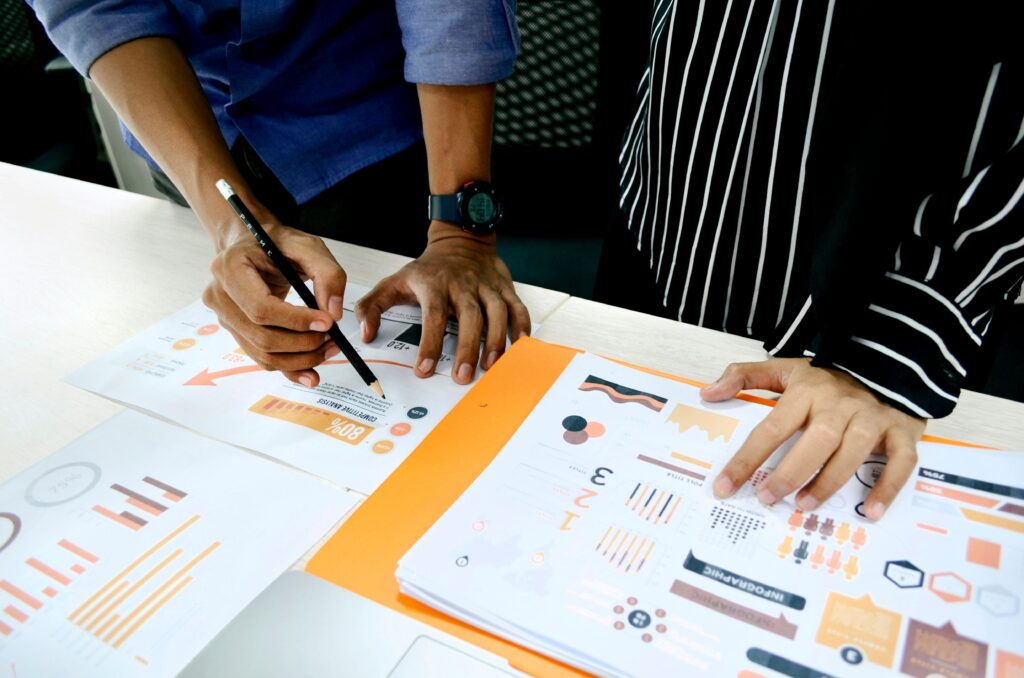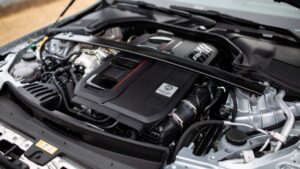
Sarcopenia, a progressive decline in muscle mass and strength, affects up to 50% of individuals aged 80 and older, leading to increased disability, injury risk, and mortality. Despite its prevalence, clinical treatments remain elusive, with lifestyle changes being the primary intervention. However, a recent study leveraging the unique environment of space may offer new insights into combating this condition.
Space flight, characterized by microgravity, induces muscle weakness akin to sarcopenia within a short period, providing a unique model for studying age-related muscle atrophy. This accelerated timeline offers researchers a rare opportunity to observe changes that typically take decades to manifest on Earth.
Innovative Research Aboard the ISS
In a groundbreaking study, Siobhan Malany, Maddalena Parafati, and their team from the University of Florida engineered skeletal muscle microtissues from donor biopsies. These microtissues were launched to the International Space Station (ISS) aboard SpaceX CRS-25, with findings published in Stem Cell Reports.
The study utilized muscle samples from both young, active donors and older, sedentary donors. These samples were cultured in an automated mini lab equipped to provide regular feeding, monitoring, and electrical stimulation to simulate exercise. On Earth, young microtissues exhibited nearly double the contraction strength of older tissues. However, after just two weeks in space, the strength of young tissues declined, becoming comparable to that of older tissues.
Key Findings and Implications
The study revealed that muscle protein content, initially higher in young microtissues, decreased in microgravity to levels similar to older tissues. Furthermore, space flight altered gene expression, particularly in younger samples, disrupting cellular processes essential for normal muscle function. Notably, electrical stimulation mitigated some of these gene expression changes.
“Using electrical pulses to trigger real-time muscle contractions in space, we can simulate exercise and observe how it helps protect against rapid muscle weakening in microgravity,” said Siobhan Malany, a lead researcher. “This technology advancement offers insight into how we might preserve muscle health during long-duration space missions and ultimately, how to combat age-related muscle loss here on Earth.”
Potential for Future Research and Treatments
This study demonstrates that sarcopenia-related muscle decline can be effectively modeled in space, paving the way for further research into the causes and potential treatments for muscle loss due to aging or space travel. The implications extend beyond space exploration, offering potential strategies for preserving muscle health in the aging population on Earth.
As researchers continue to explore the effects of microgravity on muscle tissue, the findings could lead to new therapeutic approaches, including the use of electrical stimulation to maintain muscle function during extended space missions and in elderly populations.
About Stem Cell Reports
Stem Cell Reports is the open access, peer-reviewed journal of the International Society for Stem Cell Research (ISSCR). It serves as a platform for communicating basic discoveries in stem cell research, as well as translational and clinical studies, focusing on original research with conceptual or practical advances of broad interest to stem cell biologists and clinicians.
The research conducted by Malany and her team represents a significant step forward in understanding the mechanisms of muscle aging and highlights the potential of space-based studies to inform medical advancements on Earth.







